When it comes to walking, senior pedestrians are the highest risk group for traffic accidents. Not only are senior citizens more likely to be on foot, but their lowered response times make it more difficult for them to respond to dangerous situations. They are also more likely to face serious injury if contact is made with a vehicle — all of which means that pedestrian safety for seniors is a community-wide issue (ref: City of Edmonton Senior Safety).
Senior pedestrians can take a few simple steps to protect themselves from harm and make sure they are being as careful as possible when walking. Here are five easy things elderly walkers should do while out and about on foot.
Cross only at intersections
Seniors are much more likely to be hit when crossing mid-block (ref: City of Toronto Older Adults Pedestrian Plan). The best way to protect yourself as a senior pedestrian is to make sure you always cross at designated intersections only, preferably with a traffic light and crosswalk.
While waiting to cross, stay on the sidewalk whenever possible. If the street doesn’t have a sidewalk, be sure to stay well to the shoulder and always walk on the side of the road that faces traffic.
Make eye contact with drivers
Before crossing, always come to a complete stop. This simple action signals to drivers that you are waiting to cross. Look left, then right, then left again, to make sure all cars have stopped to allow you safe passage before stepping out into the street.
When waiting to cross the street, it’s always best to make eye contact with drivers if possible. As cars slow down or stop at the intersection, look at the drivers and make sure they acknowledge you before you enter the roadway – especially at intersections with stop signs only.
Increase your visibility
Even in daylight, pedestrians can be hard to spot. You can help protect yourself by increasing your visibility and catching the eye of drivers as they approach. That might mean:
- Wearing brightly coloured clothes
- Wearing a reflective vest, shoes, or gloves, especially in the twilight or early morning hours
- Using a flashlight when walking at night
Be seen and be safe!
Take your time
When heading out for an errand, always leave yourself plenty of time. Remember that safe walking means being able to go slowly and take care, so you don’t want to feel pressured to move quickly.
You will need extra time to stop and wait before crossing, look around carefully before proceeding, and only move when you’re sure it is safe. And if crossing a busy road takes longer than the signal allows, make use of raised medians to break your crossing into two halves, giving you the time you need to proceed safely.
Keep the weather in mind as well when planning time for your trip. In the winter, ice and snow require extra caution and may take even longer to navigate. If the day is rainy, then drivers may need more time to react, so again, go slowly for safety.
Watch for buses
Lastly, seniors should keep a careful eye on buses when walking. Private or public buses often stop and start up again from unusual places, and it can be hard to judge exactly when and where they will be on the move. They can also cause cars to swerve unexpectedly, or rushing riders to cross the street in unusual spots – all potentially risky situations. When a bus is nearby, it is always a good idea to be extra cautious, obeying all crossing signals and making eye contact with the driver before moving into the path of the bus.
Taking the time to be extra careful, obeying all rules of the road, and interacting with car and bus drivers will help make your walk safer – and more enjoyable. Step out with confidence!
Earn your Road SMARTS
Senior pedestrians are impacted several times daily by road safety as are other family members, friends, children and colleagues. When tragedy strikes, too often we feel powerless in terms of making an impact to prevent further issues. If you would like to get more involved in road safety, we invite you to take the #RoadSMARTS pledge. By taking the Road SMARTS Pledge, you Support Making All Road Travel Safe, which can help improve road safety for everyone. When road behaviours change, accidents can be reduced. For more information and to take the pledge for free, visit https://www.ottawasafetycouncil.ca/road-smarts.
